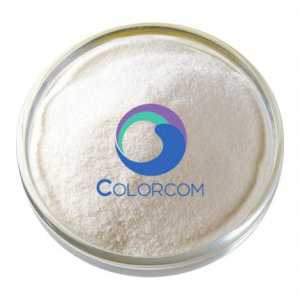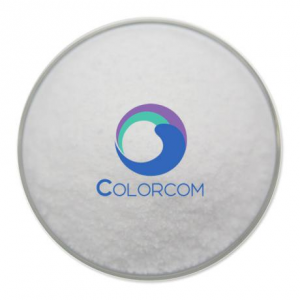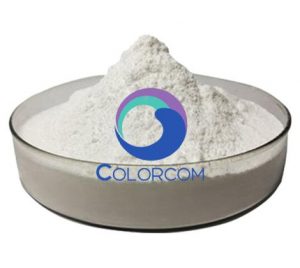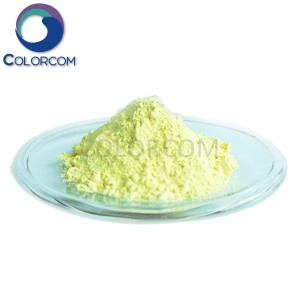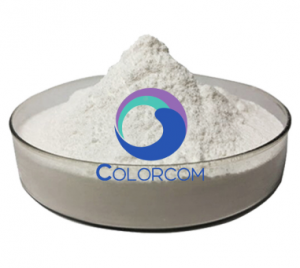Dichloromethane | 75-09-2
Product Physical Data:
| Product Name |
Dichloromethane |
| Properties |
Colorless transparent liquid with aromatic odor |
| Melting Point(°C) |
-95 |
| Boiling Point(°C) |
39.8 |
| Relative density (Water=1) |
1.33 |
| Relative vapour density (air=1) |
2.93 |
| Saturated vapour pressure (kPa) |
46.5 (20°C) |
| Heat of combustion (kJ/mol) |
-604.9 |
| Critical temperature (°C) |
237 |
| Critical pressure (MPa) |
6.08 |
| Octanol/water partition coefficient |
1.25 |
| Flash point (°C) |
-4 |
| Ignition temperature (°C) |
556 |
| Upper explosion limit (%) |
22 |
| Lower explosion limit (%) |
14 |
| Solubility | Slightly soluble in water, soluble in ethanol, ether. |
Product Properties and Stability:
1.Very little toxicity and quick recovery from poisoning, so it can be used as an anaesthetic. Irritating to skin and mucous membrane. Young adult rats oral LD50: 1.6mL/kg. air maximum permissible concentration of 500×10-6. Operation should wear a gas mask, found poisoned immediately removed from the scene, symptomatic treatment. Minimum in the chloride of methane. The vapour is highly anaesthetic and inhalation of large quantities will cause acute poisoning with nasal pain, headache and vomiting. Chronic poisoning causes dizziness, fatigue, loss of appetite, impaired haematopoiesis and reduced red blood cells. Liquid methylene chloride causes dermatitis when in contact with the skin. Inhalation of 90.5g/m3 vapour in rats killed in 90 minutes. The olfactory threshold concentration is 522mg/m3 and the maximum permissible concentration in the workplace is 1740mg/m3.
2.Stability: Stable
3.Prohibited substances: Alkali metals, aluminium
4.Conditions for avoidance of exposure: Light, humid air
5.Polymerisation hazard: Non-polymerisation
Product Application:
1.In addition to organic synthesis, this product is also widely used as cellulose acetate film, cellulose triacetate pumping, petroleum dewaxing, solvents in the production of aerosols and antibiotics, vitamins, steroidal compounds, as well as metal surface lacquer cleaning and degreasing and film remover.
2.Used in grain fumigation and refrigeration of low-pressure freezers and air-conditioning units. Used as auxiliary blowing agent in the production of polyether urethane foam and as blowing agent for extruded polysulfone foam.
3.Used as solvent, extractant and mutagen. Used in plant genetic research.
4.It has good solvency, is a low boiling point solvent with little toxicity and non-flammability among the commonly used industrial solvents, and has good solvency for many resins, paraffins and fats. Mainly used as paint stripper, petroleum dewaxing solvent, extractant of thermally unstable substances, extractant of lanolin from wool and edible oil from coconut, solvent of cellulose triacetate film. Also widely used in acetate fibre, vinyl chloride fibre manufacturing, processing and fire extinguishers, refrigerants, urotropine and other manufacturing.
5.Used in electronic industry. Commonly used as a cleaning agent to remove oil.
6.Widely used as a flame retardant solvent with a very low boiling point. In addition to washing solvents for aircraft engines, precision machinery, etc., it can also be used as a stripping agent for paints, and can also be mixed with other solvents to be used in a variety of industrial washing.
7.Also used as ethyl ester fibre solvent, dental local anaesthetic, refrigerant and fire extinguishing agent, etc., is a common eluent for chromatographic separation and extraction separation of common solvents.
8.Used as solvent in resin and plastic industry.
Product Storage Notes:
1.Store in a cool, ventilated warehouse.
2.Keep away from fire and heat source.
3.Store at a temperature not exceeding 32°C and a relative humidity not exceeding 80%.
4.Keep the container sealed.
5.It should be stored separately from alkali metals and edible chemicals, and should never be mixed.
6.Equipped with appropriate varieties and quantities of fire fighting equipment.
7.The storage area should be equipped with leakage emergency treatment equipment and suitable shelter materials.




